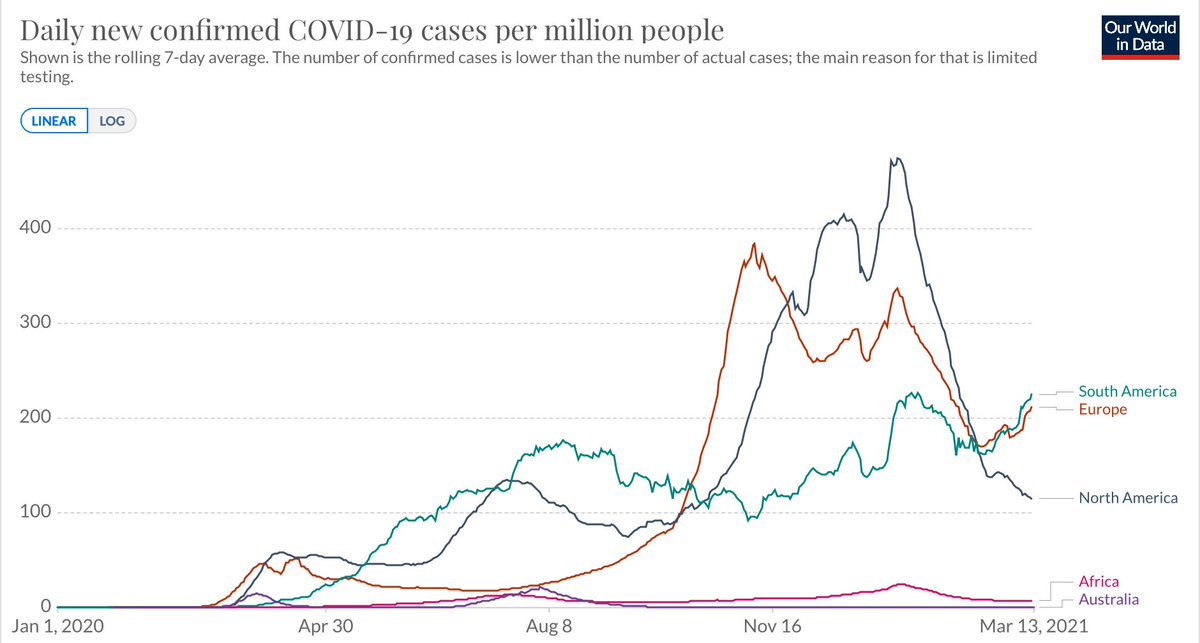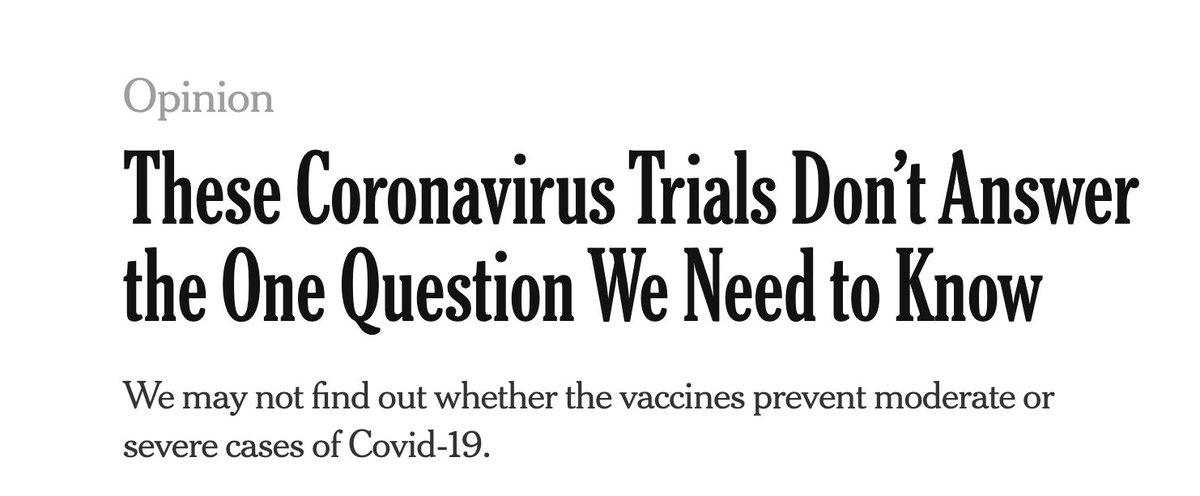
The Astra Zeneca vaccine turmoil as headlines today and tomorrow
This has moved from a very small number of clotting events w/ a vast denominator -> international dismay, characterized as "political" in the update👇-> to (sadly) a crisis in confidence nytimes.com/2021/03/16/wor…
This has moved from a very small number of clotting events w/ a vast denominator -> international dismay, characterized as "political" in the update👇-> to (sadly) a crisis in confidence nytimes.com/2021/03/16/wor…

I'd like to see fully dataset for the clotting events, particularly the 7 cavernous sinus thrombosis cases in Germany (out of 1.6 million vaccinated), all cases of immune thrombocytopenia (ITP). ITP has been very rarely reported, associated w/ Pfizer/Moderna vaccines /2
Of course, association ≠ causation. More common events like DVT/PE (majority of the reports) would be fully expected and v unlikely related to vaccination. Releasing all the data (rather than EMA/WHO statements) can help bolster trust for the medical community to patients /f
Some more details today on the cases and speculations as to their mechanism @ScienceMagazine @NewsfromScience by @GretchenVogel1 and @kakape sciencemag.org/news/2021/03/i… 



Make that 3 days in a row
Anti-platelet antibodies identified in Norway cases
vg.no/nyheter/innenr… via @SvendsenAre
The key point is how unusual many of these rare clotting events are, as detailed in @ScienceMagazine prior article

Anti-platelet antibodies identified in Norway cases
vg.no/nyheter/innenr… via @SvendsenAre
The key point is how unusual many of these rare clotting events are, as detailed in @ScienceMagazine prior article


• • •
Missing some Tweet in this thread? You can try to
force a refresh















